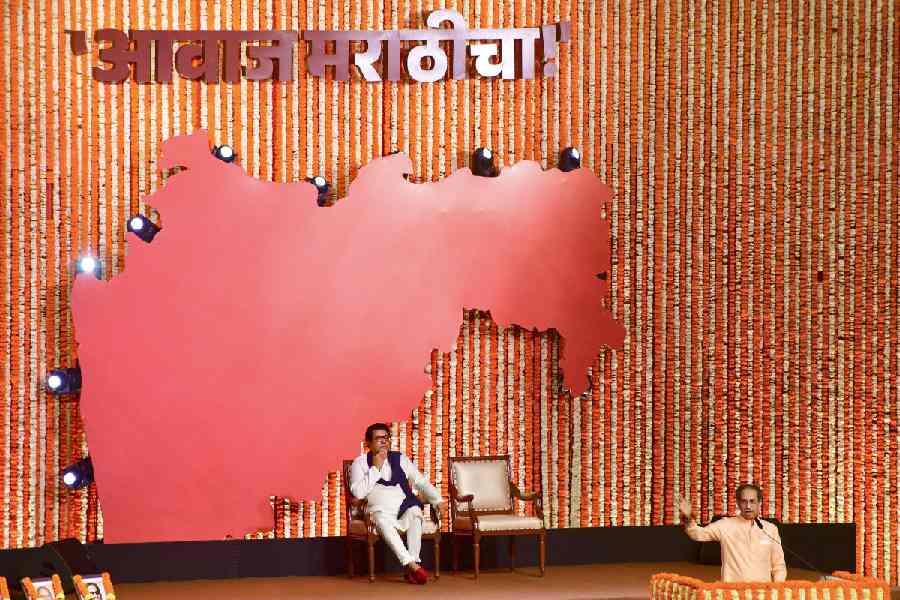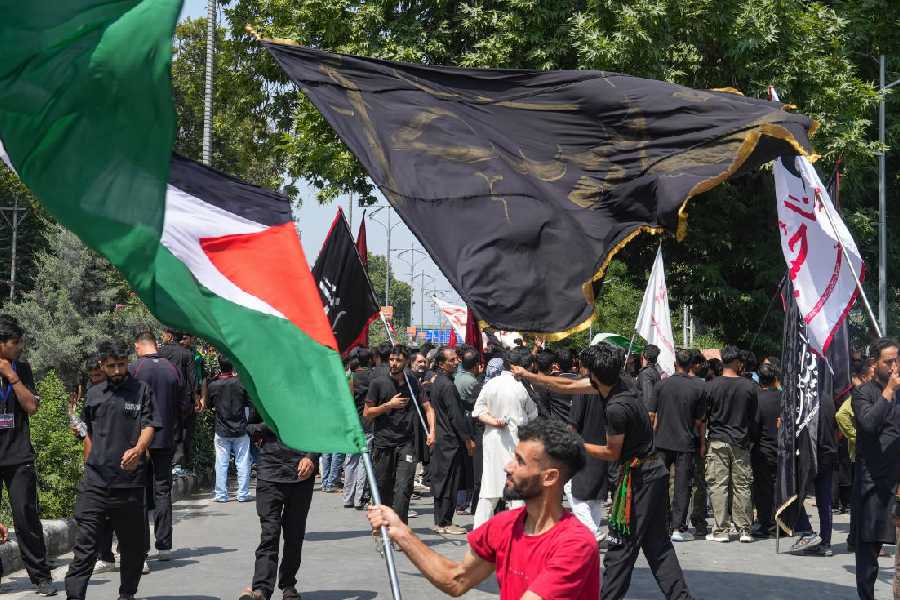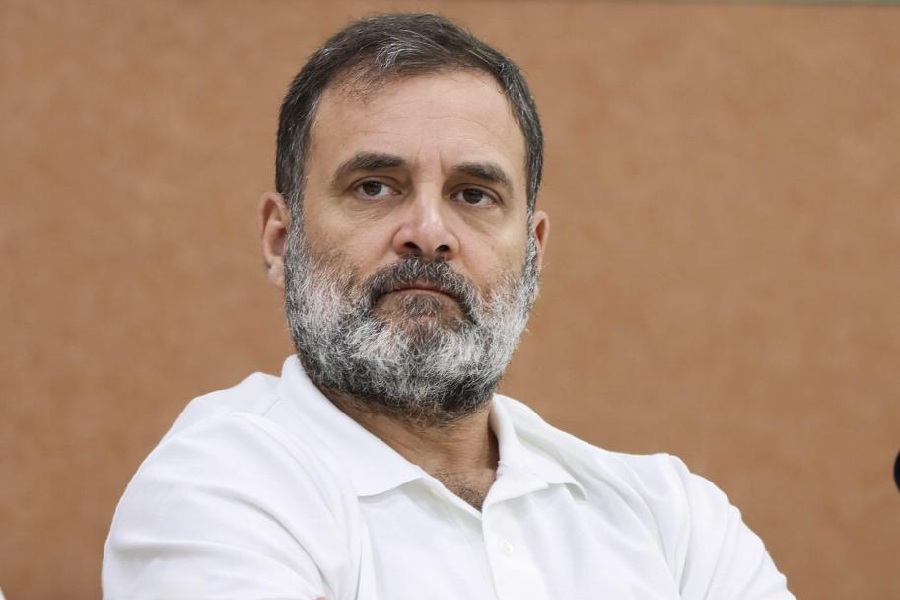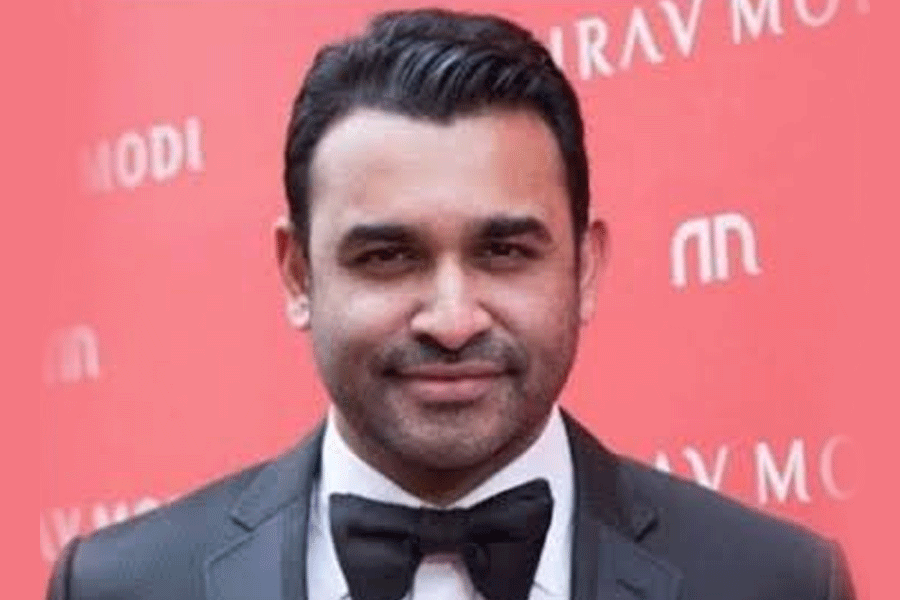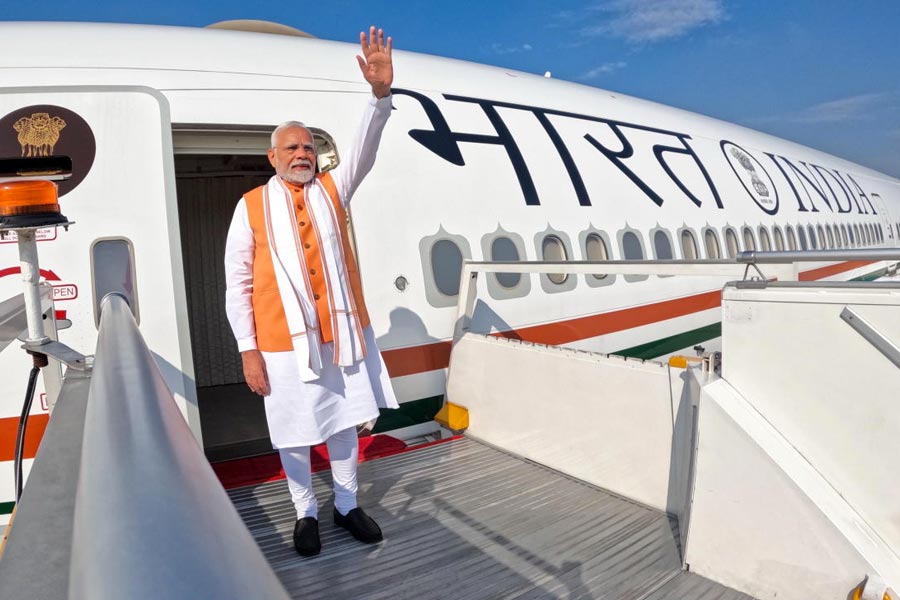Rajmahal (Sahebganj), June 24: The state government wants to project Jharkhand as a tourist hotspot. But Rajmahal — wedded to history — is a silent victim of an allegedly apathetic state, which has not made the efforts to revive its glory and exploit its heritage.
Barring a few isolated instances of renovation and development, no long-term and sustained effort has been made to revive the glory of Rajmahal.
Things promised to look up after the Archaeological Survey of India (ASI) granted “protected monument” status to the heritage structures. But the tale of apathy and neglect continued.
After ASI, former Rajmahal subdivisional officer Alakh Niranjan got the Singhi Dalan, located on the bank of the Ganga, renovated.
He also tried to develop the place by constructing a market complex and a park for children.
Former chief minister Babulal Marandi, who wanted to develop Dumka as the second capital, however, did little to promote Rajmahal as a tourist’s destination
Besides the heritage structures, Rajmahal also boasts of the Uduwa notified bird sanctuary, which can also be developed into a model tourist centre.
The likes of Akbar and Raja Man Singh have ruled over Rajmahal. For a brief period, the place was under Maratha rule as well. Rajmahal also witnessed the sunset of India’s sovereignty after the defeat of Nawab Sirajuddaula.
However, Rajmahal cuts a sorry figure these days thanks to years of indifference and apathy. As historian Brajesh Verma said, “It is the end of glory for Rajmahal and the reign of apathy continues to haunt the place even after Independence and after the creation of Jharkhand.”
Some historians have traced the downfall of Rajmahal to the plague of 1942-43, followed by the British government’s decision to shift the divisional headquarters to Sahebganj.
Others have pointed out that after Independence, when the Indian government constructed the Farakka barrage across the Ganga, the Rajmahal harbour was rendered useless.
Though the divisional headquarters were shifted to Sahebganj, both the parliamentary and Assembly constituencies were called Rajmahal.
From the former chief minister of united Bihar, Pandit Binodanand Jha, to Babulal Marandi, no one allegedly took the initiative to develop Rajmahal as a heritage centre.
The efforts of a former Independent legislator, the late Nathmal Dokania, to protect the historical edifices paid off in the early Seventies after the ASI gave them the status of protected monuments. One of the more famous heritage structures — the Mughal Bridge, which was about 5 km from the town — was built by Raja Man Singh who made Rajmahal his capital in the last quarter of the 16th century. During his rule, he constructed Jama Masjid, Akbari mosque, and the Singhi Dalan, all architectural marvels.
The dancing hall of Prince Shuja (brother of Aurangzeb), the tombs of Miran (son of Mir Jafar) and Mina Bibi are some of the other victims of state neglect. Niranjan, who tried to give a facelift to the monuments, got the dilapidated Singhi Dalan, repaired. However, after his transfer, anti-social elements took over the place.
Former chief justice of Ranchi High Court, B.K. Gupta, visited Rajmahal about two years ago and expressed his concern over the state of the historical monuments. He also asked the local residents to file a public interest litigation against the alleged step-motherly attitude of the government.
The Rajmahal railway station is the second oldest station in the country and the track from Rajmahal to Bardwan in West Bengal is the one of the oldest in India.
Now, the Rajmahal-Tinpahar route covering a distance of 12 km with six daily Up and Down trains, is a nightmare for passengers.






